
Plunging from a staggering height of about 340 meters, Nohkalikai Waterfall in Meghalaya is a sight that leaves visitors in awe. Located near Cherrapunji, one of the wettest places on Earth, the waterfall cascades in a single, graceful drop into a deep, emerald-green pool below. From the viewing point, the panorama of mist-shrouded cliffs, rolling hills, and the dramatic plunge of water creates a scene so mesmerizing that it feels almost unreal. The roar of the waterfall blends with the whispering winds, making it an experience that stirs both excitement and peace.
The beauty of Nohkalikai changes with the seasons. During the monsoon, the waterfall is at its most powerful, with torrents of water gushing down and creating a fine mist that hangs in the air. In the drier months, the flow becomes gentler, allowing the brilliant turquoise pool at the base to shine in all its glory. Local legends add a touch of mystery to the place, telling the tragic story of a woman named Likai, whose name the falls carry to this day. These tales, passed down through generations, give the site a cultural depth alongside its natural splendor.
Visiting Nohkalikai is as much about the journey as it is about the destination. The drive from Cherrapunji offers sweeping views of valleys, cloud-kissed plateaus, and roadside stalls serving piping hot tea and local snacks. Standing at the edge of the viewpoint, with the wind in your hair and the endless green landscape spread before you, you can’t help but feel humbled by nature’s grandeur. It’s a place that lingers in your heart long after you’ve left.
Best time to visit: September to May
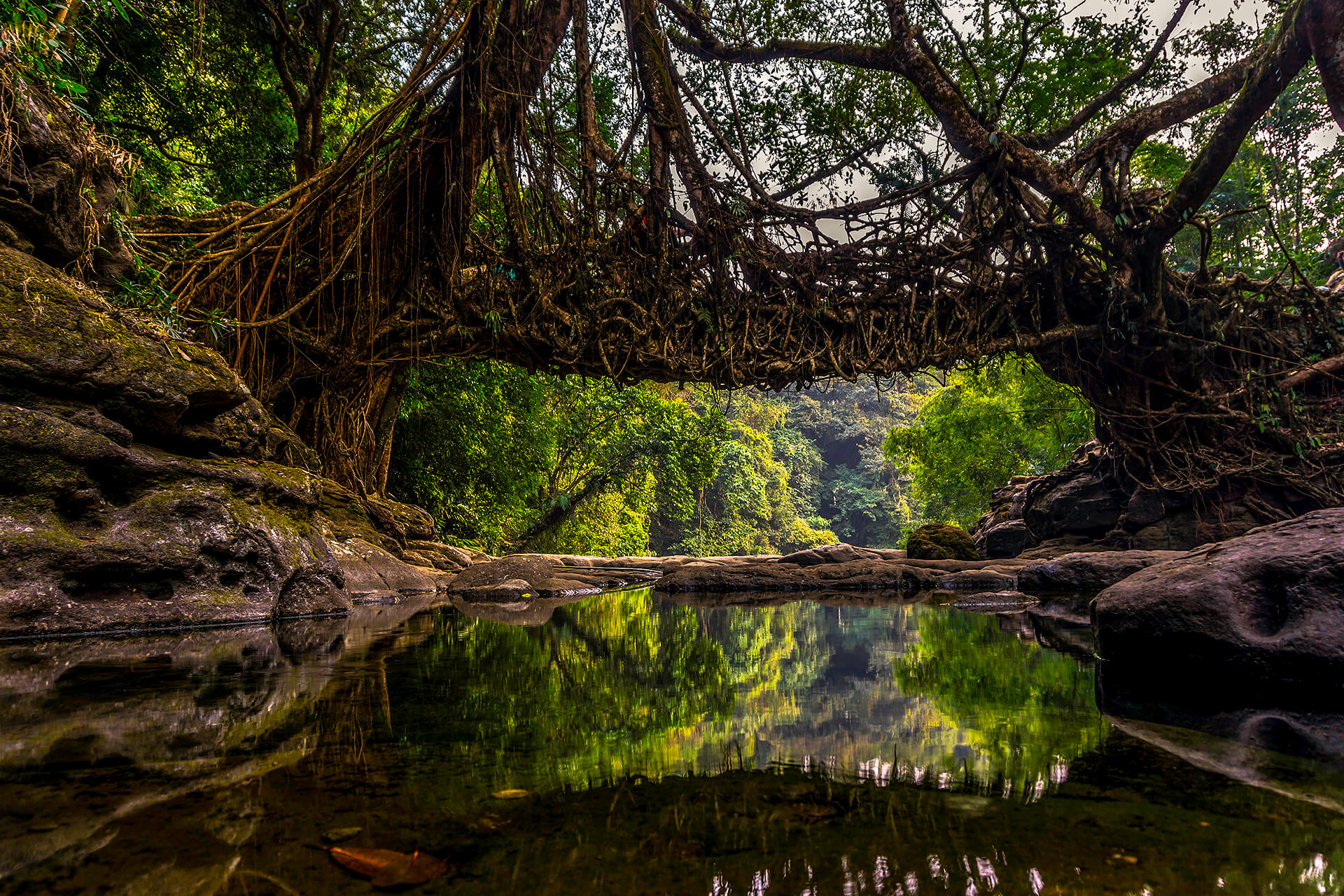
Deep in the lush rainforests of Meghalaya, the Living Root Bridges stand as remarkable examples of nature and human ingenuity working hand in hand. Crafted by the Khasi and Jaintia tribes over generations, these bridges are formed from the aerial roots of rubber fig trees, carefully guided across streams until they grow strong enough to bear the weight of people. Walking across one feels like stepping into a fairytale—beneath your feet, a living structure that is very much alive, and all around you, the symphony of rushing water, chirping birds, and rustling leaves.
Each bridge is a testament to patience and sustainability. Some take decades to form, and once mature, they can last for centuries, becoming stronger over time as the roots continue to grow. Among the most famous is the double-decker root bridge of Nongriat, where two layers of interwoven roots create an awe-inspiring walkway above the crystal-clear waters below. Reaching these bridges often involves scenic treks through dense forest trails, stone steps, and tiny villages, making the journey as unforgettable as the destination.
What makes the Living Root Bridges truly magical is the connection they embody—between people, nature, and time. They are not just functional pathways but living symbols of harmony with the environment. Visiting them offers more than a photo opportunity; it’s a chance to witness a rare form of bioengineering and cultural heritage that has been preserved for generations. Standing on one, with the roots holding you steady and the jungle stretching endlessly around, you feel a part of something timeless.
Best time to visit: November to March
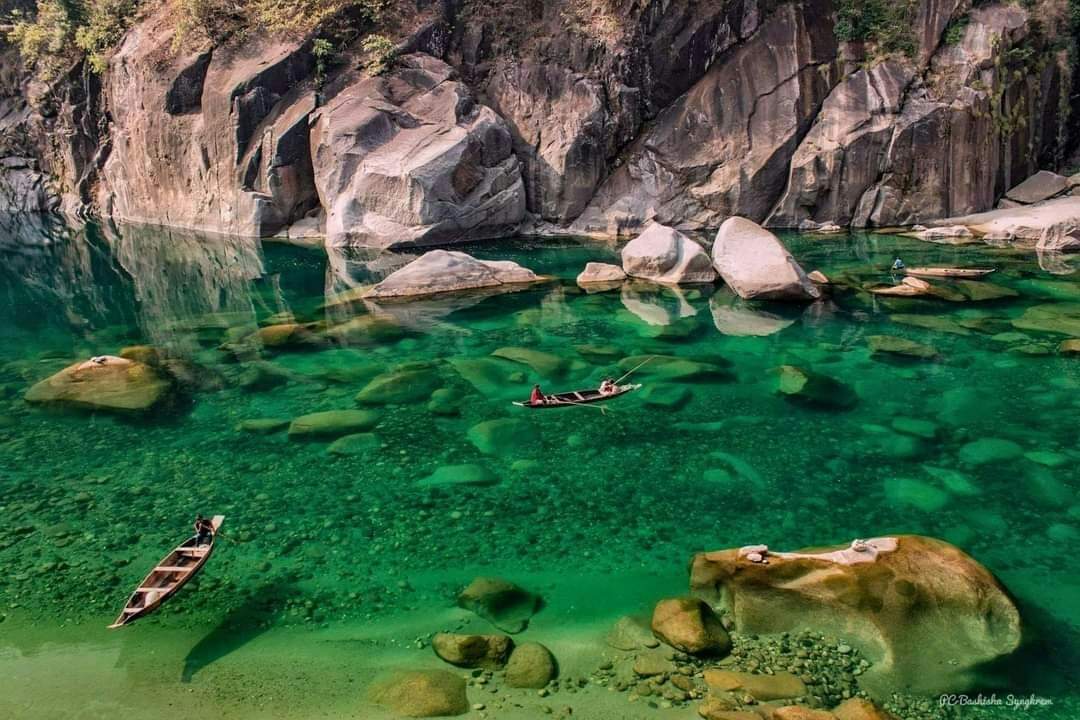
On the southern edge of Meghalaya, near the India–Bangladesh border, lies the breathtaking Umngot River in Dawki—a place where the water is so crystal clear it feels like boats are floating in mid-air. The river’s emerald-green surface glimmers under the sunlight, revealing smooth stones and fish swimming just beneath. Surrounded by rolling hills and lush forests, it’s a landscape that seems painted by nature’s most delicate brush. Whether you’re gliding on a wooden boat or simply standing at the bank, the serenity of the scene has a way of making the rest of the world fade away.
The charm of the Umngot River isn’t limited to its beauty—it’s also a hub for gentle adventure and local culture. Boat rides here are unhurried, letting you drift between emerald waters and the quiet life along the riverbanks. During certain times of the year, you can see local fishermen casting their nets in the glass-like water, their reflections almost as vivid as the real scene. The Dawki suspension bridge, built in the colonial era, adds a touch of rustic charm and offers stunning views of the river from above.
Visiting Dawki is an experience that lingers—especially when the day ends with the golden hues of sunset melting into the green of the water. The gentle sound of oars dipping into the river and the distant hum of life in the hills create a peaceful atmosphere that stays with you long after you’ve left. For travelers seeking a mix of natural wonder, cultural connection, and calm adventure, the Umngot River is a destination you’ll never forget.
Best time to visit: November to March
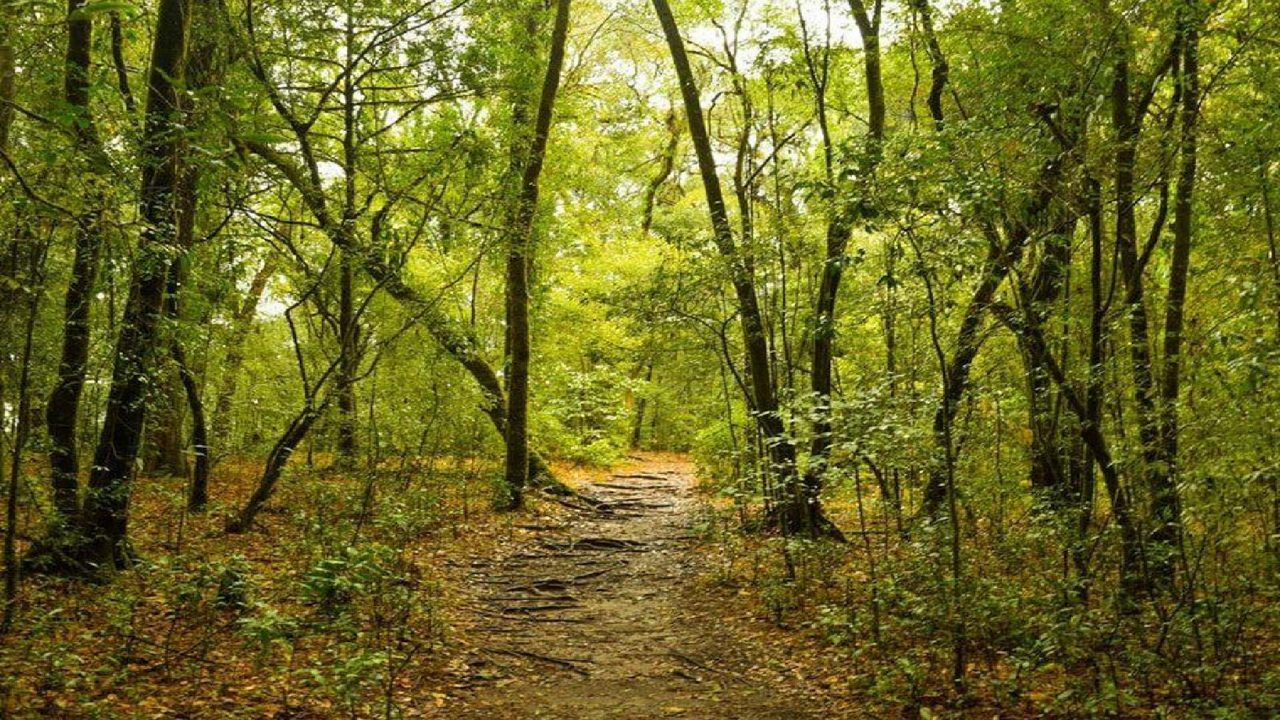
In the highlands of Meghalaya, the Mawphlang Sacred Forest is a mystical expanse where nature and spirituality blend into one. Stepping inside feels like crossing into another realm—towering ancient trees draped in moss, a soft carpet of leaves underfoot, and sunlight filtering through in golden shafts. The air is thick with the scent of earth and greenery, and every rustle in the undergrowth feels like part of an ancient secret. Protected for centuries by the local Khasi tribe, this forest is more than just a natural wonder—it’s a living temple.
Guided walks through the forest reveal its deep cultural significance. According to tradition, nothing can be taken out of the forest, as it is believed to be the dwelling place of protective deities. Along the trail, you’ll encounter centuries-old monoliths, believed to be remnants of ritual sites, and plants used in traditional medicine. The biodiversity here is astounding—rare orchids, medicinal herbs, and countless species of ferns thrive under the forest’s watchful canopy, untouched by time.
The beauty of Mawphlang Sacred Forest lies not just in its ecology, but in the sense of reverence it inspires. It’s a place where you can walk in silence, listen to the whispers of the wind through the branches, and feel the harmony between people and the land. Visiting here is less about sightseeing and more about experiencing a spiritual connection to nature that has endured for generations.
Best time to visit: October to April
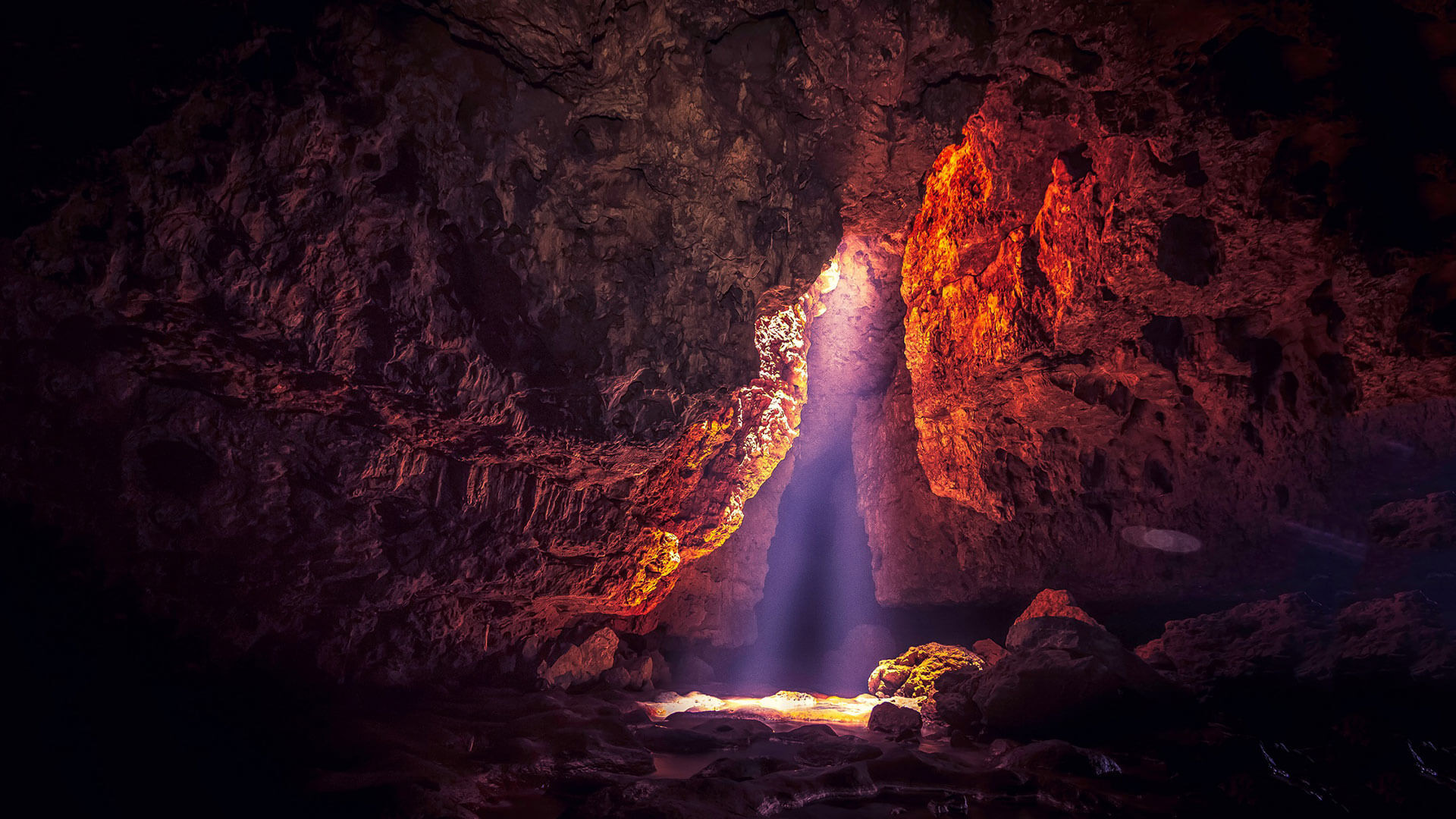
Hidden in the Jaintia Hills of Meghalaya, Krem Liat Prah is India’s longest known cave, a subterranean marvel stretching over 30 kilometers and still being explored by speleologists from around the world. Entering its mouth feels like stepping into the earth’s hidden corridors—vast chambers, winding tunnels, and natural rock sculptures shaped over millions of years. The play of shadows and the echo of every footstep create an atmosphere that’s equal parts mysterious and awe-inspiring.
Inside, the cave reveals a breathtaking variety of formations—delicate stalactites hanging like stone icicles, massive stalagmites rising from the floor, and glittering mineral deposits that shimmer under torchlight. One of its most famous sections, nicknamed the “Aircraft Hangar,” is a colossal passage so grand in scale that it could swallow buildings whole. The journey through Krem Liat Prah is not just about the sights, but also the raw, immersive experience of moving through spaces untouched by sunlight for ages.
The surrounding landscape adds to the allure, with lush hills, streams, and tiny villages dotting the approach to the cave. Reaching it requires planning and often the guidance of local experts, making it a true adventure for those who seek it. For explorers, photographers, and anyone fascinated by geology, Krem Liat Prah is a rare chance to witness nature’s underground masterpiece in all its grandeur.
Best time to visit: November to March
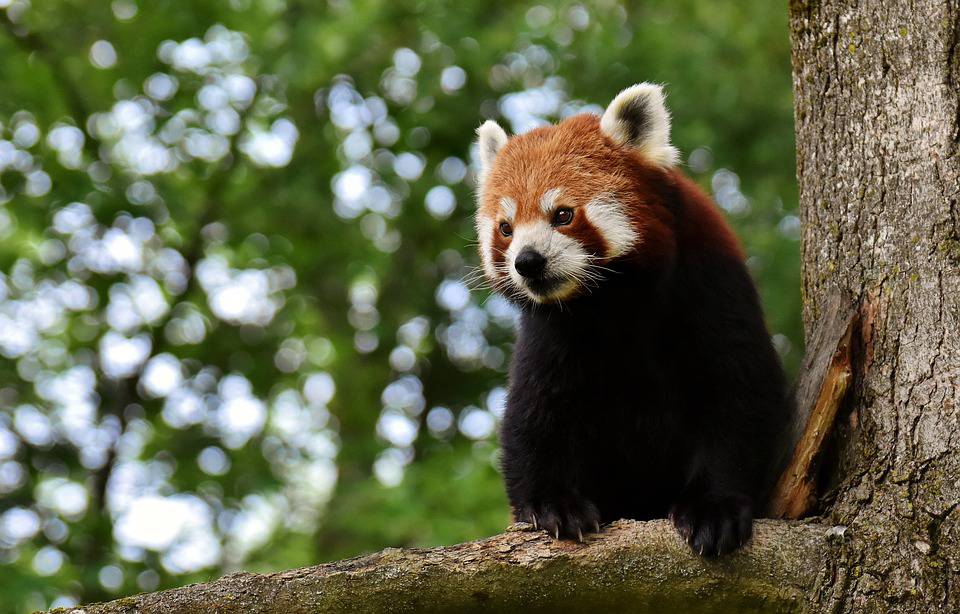
In the southern reaches of Meghalaya, Balpakram National Park unfolds like a vast, untamed wilderness brimming with mystery and legend. Often called the “Land of Spirits” by the local Garo people, the park is a landscape of deep gorges, rolling plateaus, crystal-clear rivers, and dense forests teeming with life. Mist often hangs low over its valleys, giving the land an ethereal glow at dawn and dusk. Whether it’s the call of distant hornbills or the rustle of leaves under the feet of unseen creatures, the atmosphere here is alive with both beauty and intrigue.
Balpakram is a haven for wildlife enthusiasts, home to rare and endangered species like the red panda, Asian elephant, and marbled cat. The park also shelters countless bird species, making it a paradise for birdwatchers. In spring, wildflowers blanket the meadows, adding splashes of color to the green expanses. Trails wind through dramatic cliffs, hidden waterfalls, and ancient rock formations, each with local legends attached—stories of spirits, hunters, and sacred sites that deepen the park’s cultural significance.
What sets Balpakram apart is the harmony between its natural splendor and the folklore that breathes life into it. For the Garo people, this is not just a protected area—it’s a sacred landscape, with every hill, river, and tree carrying meaning. Visiting here is as much a journey into culture as it is into nature. Standing at one of its many viewpoints, with the vast plateau stretching endlessly before you, you feel the pull of a place that is both wild and deeply soulful.
Best time to visit: November to March
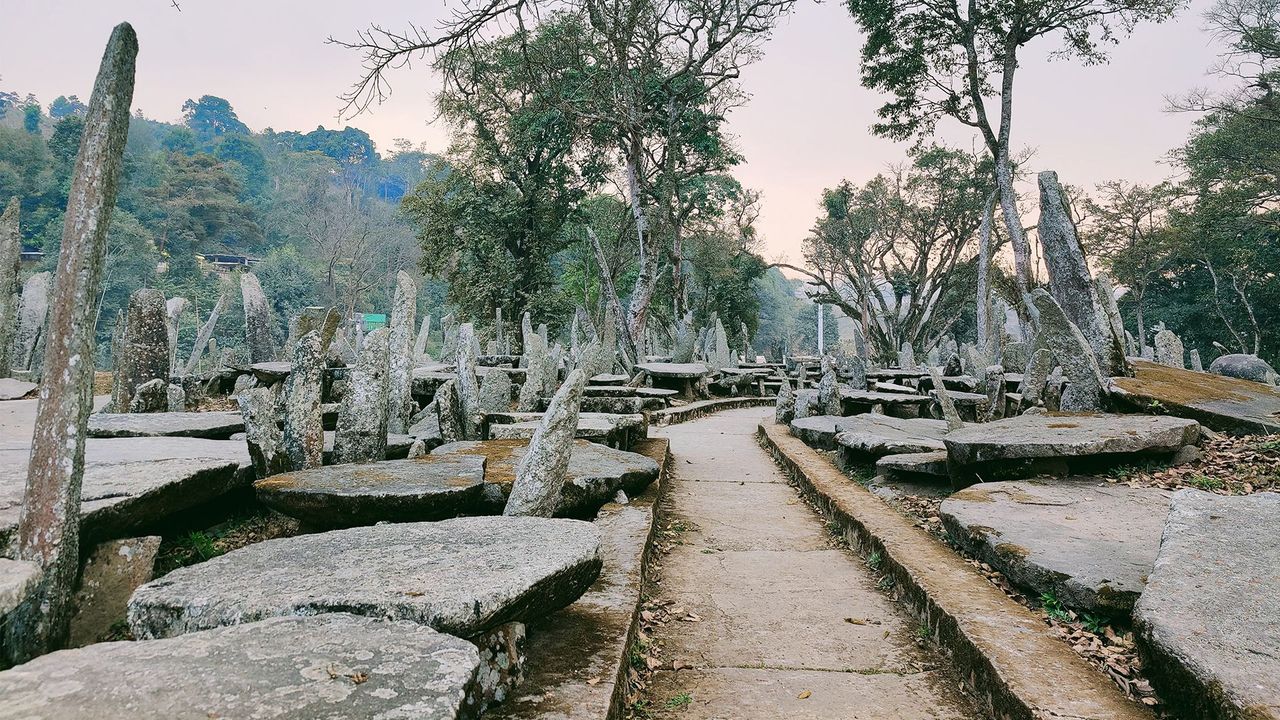
In the quiet hills of Meghalaya’s Jaintia district, the Nartiang Monoliths stand as timeless sentinels of a bygone era. Spread across a grassy landscape, these massive stone structures—some towering over 20 feet—are said to be the tallest in the world. Their presence is both commanding and mysterious, with each stone bearing silent witness to centuries of history. As the wind sweeps across the hilltop, rustling through the grass and the surrounding trees, the site feels like an open-air museum where the past is etched in stone.
These monoliths are believed to have been erected between the 16th and 19th centuries, serving as memorials and markers of significant events under the Jaintia kings. Arranged in both vertical and horizontal forms, they reflect the traditions of megalithic culture—symbols of honor, remembrance, and community. Local legends tell tales of heroic warriors, revered leaders, and rituals performed on these grounds, adding layers of intrigue to the site. Walking among them, you can’t help but imagine the gatherings and ceremonies that once filled this space with life.
The charm of the Nartiang Monoliths lies not only in their historical value but also in their tranquil setting. Surrounded by rolling hills and small villages, the site offers a peaceful escape, perfect for slow exploration and reflection. The blend of history, culture, and nature makes it an essential stop for anyone wanting to understand the deep roots of Meghalaya’s heritage.
Best time to visit: October to March

Tucked away deep in the lush forests near Nongriat village in Meghalaya, Rainbow Falls is a hidden gem that rewards those willing to take the trek to reach it. The journey itself is part of the magic—stone steps winding through dense greenery, the sound of rushing streams, and glimpses of the famous Double Decker Living Root Bridge along the way. As you approach, the distant roar of the waterfall grows louder until the view bursts open: a powerful cascade tumbling into a crystal-clear blue pool, framed by mossy rocks and vibrant jungle.
True to its name, Rainbow Falls often treats visitors to a delicate rainbow in its mist, especially when the sunlight filters through at just the right angle. The water here is remarkably clear, with shades of turquoise and emerald shifting with the light. It’s a place where time seems to slow down—where you can dip your feet in the cool water, listen to the rhythmic crash of the falls, and simply lose yourself in nature’s music. Photographers and nature lovers will find endless inspiration in the play of colors and textures.
What makes Rainbow Falls even more special is its sense of seclusion. Far from the rush of tourist crowds, it feels like a private corner of paradise, shared only with the occasional fellow trekker and the local villagers who know its beauty well. The trek back, though challenging, leaves you with the satisfaction of having experienced one of Meghalaya’s purest natural treasures.
Best time to visit: November to March

Tucked within the verdant landscapes of the Thangkharang Park area near Cherrapunji, Kynrem Falls is a spectacular three-tiered cascade that plummets nearly 305 meters, making it one of the highest waterfalls in Meghalaya. The sight of water tumbling down in stages against a backdrop of lush green cliffs is nothing short of mesmerizing. During the monsoon, the falls roar to life, their white streams contrasting dramatically with the deep emerald surroundings, while in the drier months, the flow becomes gentler, revealing the intricate rock formations beneath.
The unique charm of Kynrem Falls lies in its multi-layered drop. From the topmost tier, the water gathers momentum before spilling over to the second and third levels, each creating its own shimmering curtain of water. Mist rises from the cascade, often catching the sunlight to form delicate rainbows that dance across the valley. The falls are best admired from the viewing points within Thangkharang Park, which offer sweeping panoramas of the cliffs, the plains beyond, and the Sylhet region of Bangladesh on clear days.
Reaching Kynrem Falls is as much a part of the experience as seeing it. The journey takes you through winding mountain roads, dense patches of forest, and quiet villages that showcase Meghalaya’s serene rural beauty. The air grows cooler as you approach, carrying the distant sound of rushing water. Along the way, you may also spot smaller streams and seasonal waterfalls, each adding to the anticipation before the grand reveal of Kynrem.
Visiting this majestic waterfall leaves you with a sense of awe at nature’s artistry. Whether you witness it in its thunderous monsoon glory or its more graceful winter flow, Kynrem Falls never fails to inspire. It’s a place where you can stand still, let the mist touch your skin, and feel the sheer power and beauty of Meghalaya’s landscapes.
Best time to visit: September to May
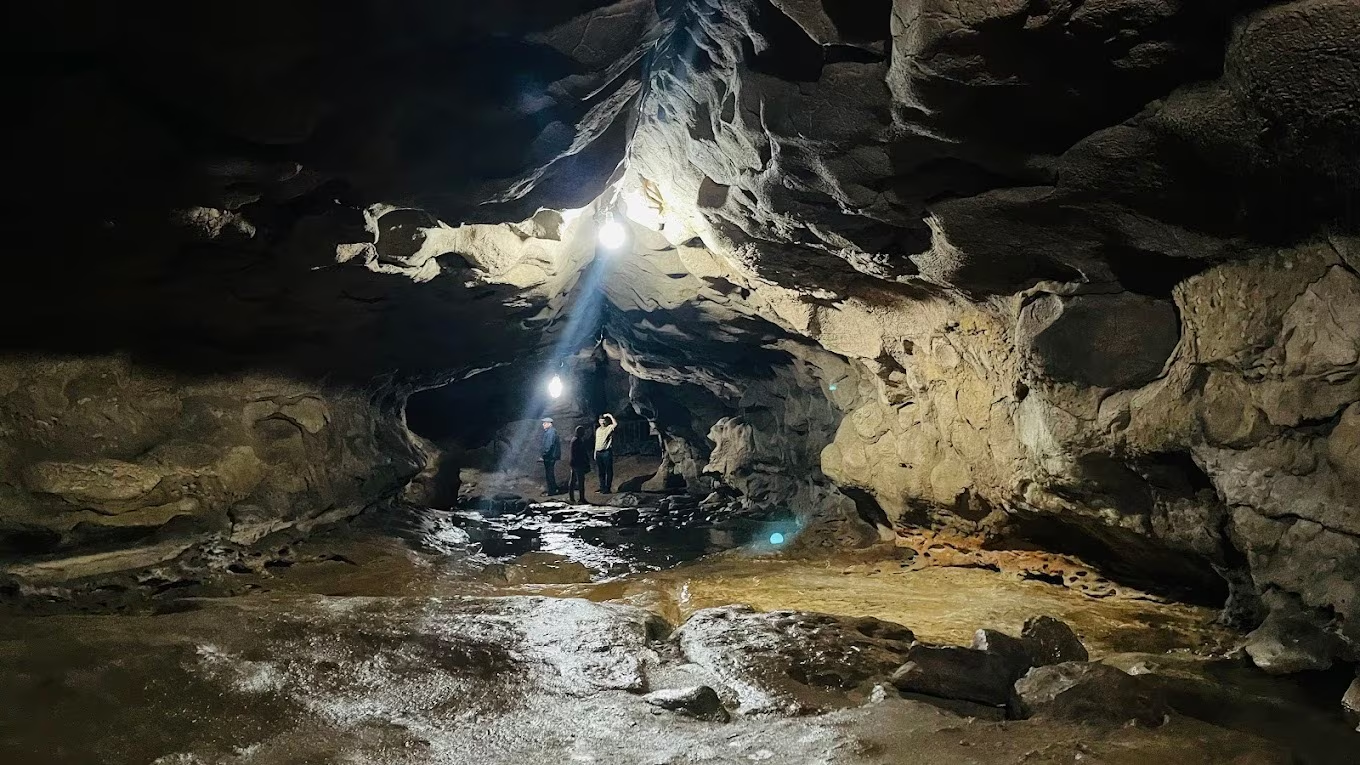
Hidden amidst the misty hills of Cherrapunji, Arwah Cave is a treasure trove for explorers and nature lovers alike. Known for its winding tunnels, impressive limestone formations, and ancient fossils, this cave offers a glimpse into the geological wonders of Meghalaya. As you step inside, the temperature drops and the air grows still, with faint echoes of dripping water adding to the cave’s mysterious charm. The walls are adorned with stalactites and stalagmites, each shaped over thousands of years by the slow artistry of nature.
What makes Arwah Cave truly fascinating is its fossil-rich interiors. Embedded in the limestone walls, you can spot imprints of shells and marine creatures—silent witnesses to the time when this region was submerged under the ocean millions of years ago. The cave has a mix of narrow passages and spacious chambers, making exploration both thrilling and rewarding. Strategically placed lighting guides visitors through certain sections, illuminating the rock patterns and highlighting the cave’s natural beauty without robbing it of its raw appeal.
Surrounded by lush forests and gentle hills, the area around Arwah Cave is equally captivating. The approach walk is scenic, with wooden bridges, winding trails, and viewpoints offering panoramic vistas of Cherrapunji’s rolling landscapes. This blend of adventure, history, and natural beauty makes Arwah Cave an unforgettable stop for anyone seeking to delve deeper into Meghalaya’s hidden wonders.
Best time to visit: October to May
